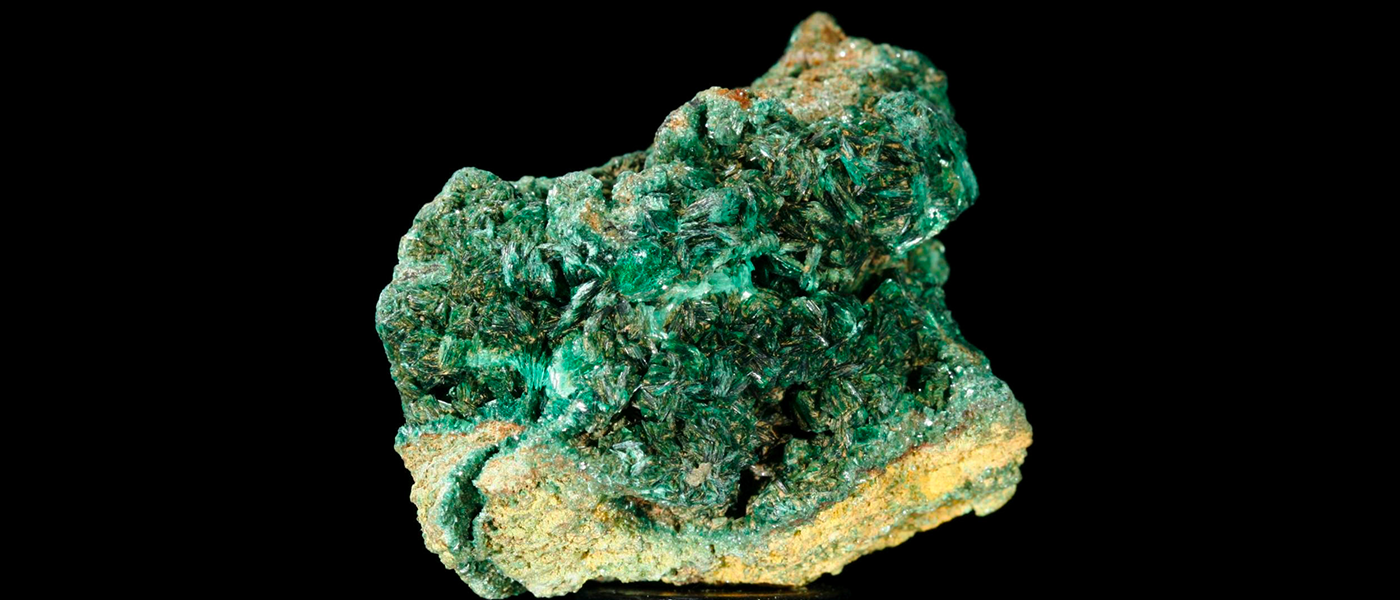Scientists at Oak Ridge National Laboratory and Pacific Northwest National Laboratory have developed a material that can effectively pull uranium out of seawater.
If the research is found successful, the extracted uranium from the earth's oceans can power all the world's major cities for thousands of years.
The Extraction Process
The project, funded by the U.S. Department of Energy, uses a material that consists of braided polyethylene fibers coated with the chemical amidoxime. In seawater, amidoxime attracts and binds uranium dioxide to the surface of the braids, which can be on the order of 15 centimeters in diameter and run multiple meters in length depending on where they are deployed.
After that, scientists say an acidic treatment will recover the uranium in the form of uranyl ions, a product that requires processing and enrichment before becoming fuel.
More Room For Efficiency
At the moment, the process is still inefficient and expensive, but finding alternatives to uranium ore mining is a necessary step in planning for the future of nuclear energy, says Stephen Kung of the DOE's Office of Nuclear Energy.
Researchers say there are 3.3 micrograms per liter concentration of uranium in seawater, which is equivalent to about 4 billion tons of total uranium available in all Earth’s seawater. It will take around eight weeks to extract 6 grams. A 1-gigawatt nuclear power plant needs 27,000 kilograms of uranium to run for one year. As you can tell, the math doesn't add up to an easy solution.
Although a renewable future from this angle doesn't seem straightforward—it's from innovations like these that we find ways to improve, make a difference, and ultimately prevail.
Share This Article
